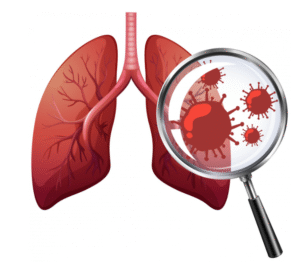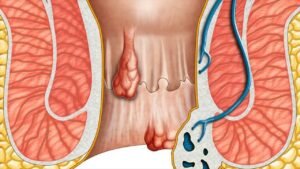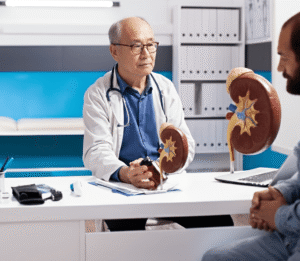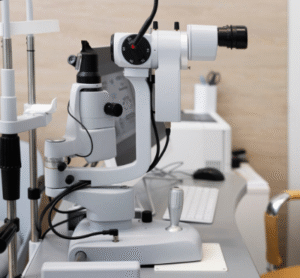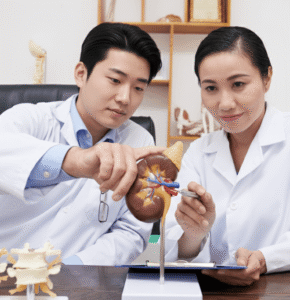Overview
Nipple discharge is the release of fluid from one or both nipples, which can vary in color, consistency, and frequency. While it can be completely normal, particularly during breastfeeding or hormonal changes, nipple discharge may sometimes indicate underlying medical conditions, including infections, hormonal imbalances, or, in rare cases, breast cancer.
In Korea, healthcare providers carefully evaluate nipple discharge through clinical examinations, imaging, and laboratory tests to determine the underlying cause and recommend appropriate treatment or reassurance.
Key Facts
➤ Nipple discharge can be milky, clear, bloody, green, or yellow.
➤ It may occur in one or both breasts.
➤ Causes range from physiological (normal) to pathological.
➤ Spontaneous, persistent, or bloody discharge warrants medical evaluation.
➤ In Korea, modern diagnostic imaging and laboratory techniques help identify the cause accurately.
What is Nipple Discharge?
Nipple discharge refers to the flow of fluid from the nipple, which can be expressed manually or may occur spontaneously.
➔ Discharge is classified as:
- Physiological – related to hormones, pregnancy, or lactation.
- Pathological – caused by infections, intraductal growths, or malignancy.
Characteristics of the discharge such as color, consistency, and whether it is from one duct or multiple ducts help clinicians determine the underlying cause.
Symptoms Related to Nipple Discharge
➤ Fluid secretion from the nipple, either spontaneously or when pressed.
➤ Color variation: milky, yellow, green, brown, or bloody.
➤ Unilateral or bilateral discharge.
➤ Associated breast pain or tenderness in some cases.
➤ Lumps, thickening, or skin changes may accompany pathological causes.
➤ Persistent discharge can cause nipple irritation or discomfort.
Causes / Possible Causes
Nipple discharge can result from physiological or pathological factors:
Physiological Causes
➤ Pregnancy and lactation – normal milk production.
➤ Hormonal changes – due to puberty, menstrual cycles, or menopause.
➤ Medications – birth control pills, antipsychotics, or certain antidepressants.
➤ Stimulation or friction – from clothing or physical activity.
Pathological Causes
➤ Intraductal papilloma – a benign tumor within the milk duct.
➤ Duct ectasia – dilation and inflammation of ducts causing thick discharge.
➤ Infections – mastitis or abscesses causing pus-like discharge.
➤ Breast cancer – especially if discharge is bloody, spontaneous, and from a single duct.
Other Causes
➤ Hypothyroidism or hyperprolactinemia – hormonal imbalances affecting milk production.
➤ Trauma or previous breast surgery – leading to ductal changes.
Risk Factors
➤ Women aged 40 years or older, particularly with new-onset unilateral discharge.
➤ History of hormonal disorders or thyroid disease.
➤ Use of certain medications affecting prolactin or estrogen levels.
➤ Family history of breast cancer or benign breast tumors.
➤ History of breast surgery, trauma, or chronic inflammation.
Complications
Untreated pathological nipple discharge may lead to:
➤ Delayed diagnosis of breast cancer in rare cases.
➤ Persistent infection or abscess formation.
➤ Nipple irritation, discomfort, or social distress.
➤ Anxiety related to uncertainty about underlying cause.
When Should I See My Doctor?
Consult a healthcare professional if:
➤ Discharge is spontaneous, persistent, or bloody.
➤ It is unilateral or associated with a lump.
➤ Accompanied by skin changes, pain, or nipple retraction.
➤ Occurs in men or non-lactating women, which is uncommon.
➤ You have a family history of breast cancer or other risk factors.
Care and Treatment
Lifestyle and Home Measures
➤ Maintain good breast hygiene to reduce irritation or infection risk.
➤ Avoid excessive nipple stimulation or friction.
➤ Track discharge characteristics (color, frequency, amount) for clinical evaluation.
➤ Manage underlying hormonal imbalances or medication side effects in consultation with a physician.
Medical Treatments
➤ Hormonal therapy if discharge is caused by prolactin or thyroid imbalances.
➤ Antibiotics for infections like mastitis or abscesses.
➤ Surgical removal of intraductal papillomas or ductal abnormalities if indicated.
➤ Regular monitoring and imaging for benign conditions to ensure stability.
➤ Biopsy if discharge is suspicious or cancer-related.
Preventive Measures
➤ Regular breast self-exams and clinical screenings.
➤ Early evaluation of new or unusual discharge.
➤ Awareness of family history and risk factors for breast pathology.
➤ Maintaining healthy hormonal balance through diet and medical supervision.
Treatment Options in Korea
Korean healthcare provides comprehensive evaluation and management of nipple discharge, including:
Diagnostic Services
➤ Breast ultrasound or mammography to detect lumps or ductal changes.
➤ Ductography or MRI for complex cases of pathological discharge.
➤ Blood tests to assess hormone levels (prolactin, thyroid hormones).
➤ Cytology or biopsy for suspicious or bloody discharge.
Therapies and Supportive Care
➤ Medication management for hormonal imbalances or infections.
➤ Minimally invasive procedures to remove intraductal papillomas or cysts.
➤ Surgery in cases of persistent pathological discharge.
➤ Ongoing monitoring and follow-up imaging to prevent complications.
➤ Multidisciplinary approach involving gynecology, endocrinology, and breast surgery specialists.
✅ In summary: Nipple discharge can be physiological or pathological, ranging from normal lactation to signs of serious breast conditions. In Korea, early diagnosis, comprehensive imaging, laboratory evaluation, and targeted treatments ensure proper management, symptom relief, and prevention of complications.




